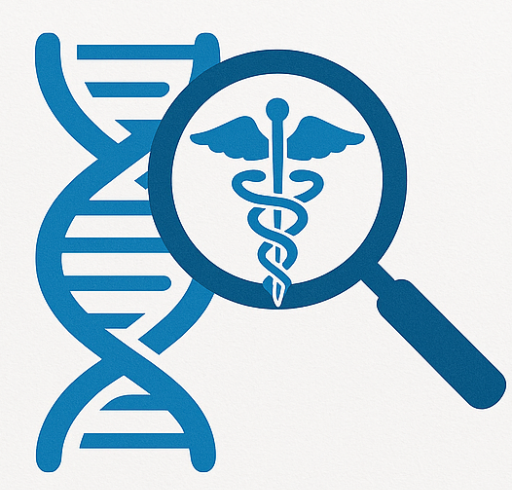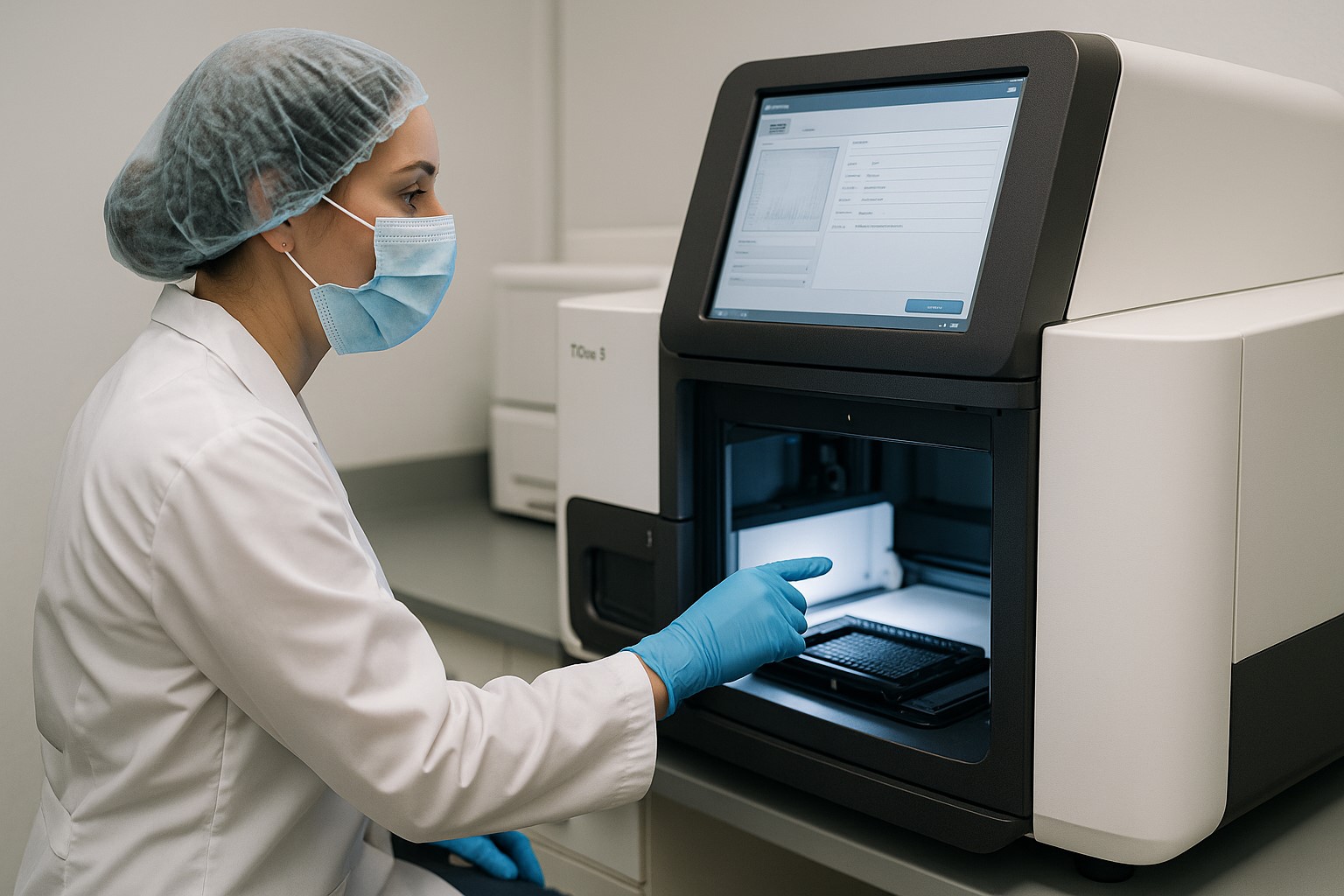If you are working at a larger medical center, often there will be sequencing facilities present. These can be used to sequence a patients’ sample. This sample can then be analyzed for microbes or somatic mutations by wgsearcher.com. Usually this will be the fastest way of obtaining the required data.
If you do not have access to sequencing facilities, it is possible to make use of centralizes facilities (depending on the country you work in) or consumer facilities. They will sequence a sample and should provide the DNA reads in a .bam file. This file can then be analyzed by WGSearcher.com
With more knowledge of (foreign) microbes and/or possible somatic mutations, you can sometimes offer a different perspective and improved service to your patients.
Somatic Mutations Results
For the WGSearcher is will be most efficient if a classification of the DNA reads has already been done. The sequencers will usually offer a service for this. The result should be a .bam file with human-mapped reads.
Somatic mutations may not be very prevalent in the sample. Especially if there are not many cells in the body that have the mutation and you are measuring a blood sample. If you are interested in any somatic mutations in such a sample, the higher the coverage of the sequencing the better. The chance of measuring a mutation that is not very prevalent in the sample is higher if the number of reads (the coverage) is higher. A coverage of 30X could still not sequence any somatic mutations in that case and a higher coverage is recommended.
WGSearcher searches for the human DNA that has not been classified as human in the BAM file. This can happen, for example, if a read is human but does not match the reference genome well enough. A large somatic mutation could be classified as such.
In a lot of cases, the unmapped read can still be matched against a human reference genome. If this can be done, the rest of the gene is then constructed ad-novum from the BAM reads. The gene may turn out to be different from the reference. If it is, this is marked as a mutation. No assumptions are made as to what the mutation may be or could cause.
WGSeacher will show the sequence of the reference (i.e. “healthy”) and the sequence with the mutation. The assessment of the impact of the particular mutation (which could be quite random) is up to the practitioner.
The ad-novum construction takes a lot of processing power, time and needs all the reads of a file to be uploaded. For this reason, this tool is limited to genes that are listed on this website (mainly known onco-related genes).
Microbial Results
If a Whole Genome Sequence was made, the resulting BAM file will include the DNA of all microbes as well. A lot of these will not map to the human genome and will be analyzed by WGSearcher.
The classification algorithm used is quite distinctive and will create a comprehensive list of microbial DNA present. The microbes’ DNA is based on the NCBI library. It includes over 1000 species.
During upload of the file, the (partial) results of the microbes found so far will be provided. The list of microbes will usually stabilize after having uploaded a small portion of the file.
Pilot
During the testing phase, we will be running a number of pilots. If you are interested, please enquire about them. We are looking for practitioners with access to relevant patients and the proper ethical and legal approval.
Ready to Try It?
If you have a .bam file with DNA data available, you can use WGSearcher right now to analyze liquid biopsy data from patients. Use the link here below:

